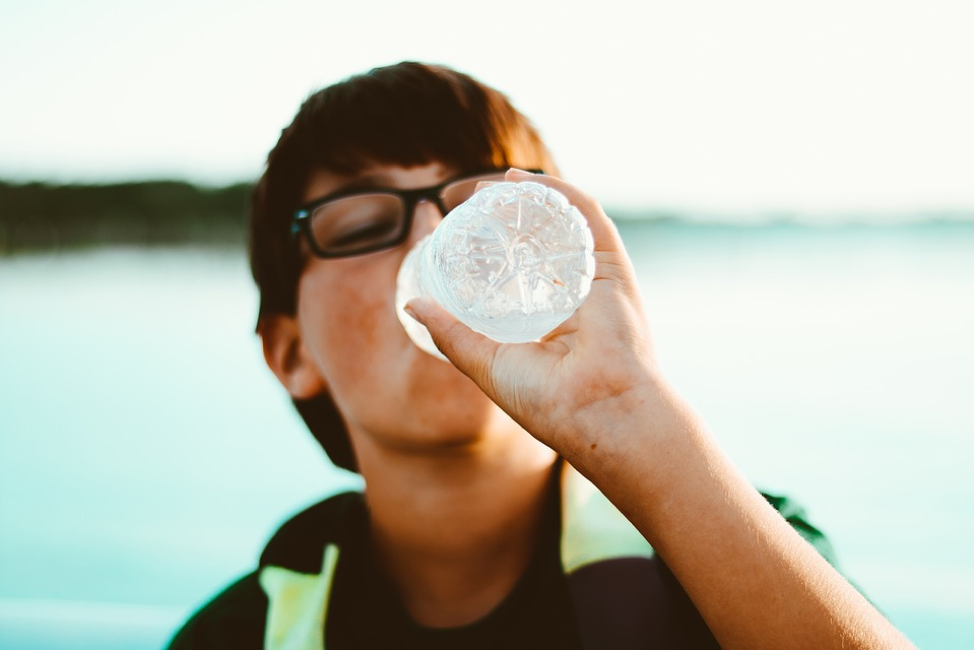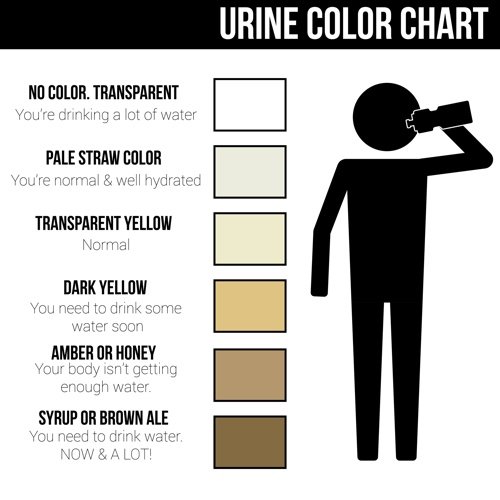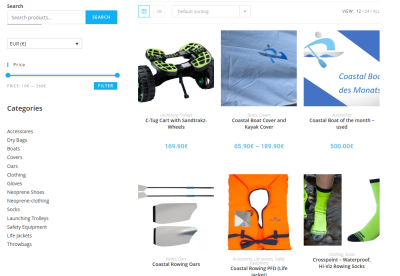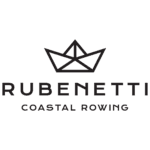Rowing in the heat: Can I get dehydrated while I’m rowing? You need to replenish lost fluids if you’re on the water and exercise seriously. If you don’t, it is more than likely that your body will show symptoms after a short time. Luckily enough, the symptoms are easy to spot if you know what you have to look for. The signs even start sometimes before the feeling of thirst even sets in. So the answer is: YES, you can get dehydrated while rowing!
A dry mouth and a bad breath
The body starts conserving saliva: among other things, saliva kills bacteria in the body and is therefore very useful. If the bacteria spread, bad breath instantly develops. Water sports enthusiasts and athletes know this feeling and the taste in their mouths.

Dry skin despite the sweat
Another sign of dehydration: Your blood volume decreases. This makes the sweat evaporate more poorly. And both can occur at the same time, which leads to sweaty and dry skin at the same time.
Cravings for chocolate
That is me: a person whose body misinterprets the feeling of thirst and understands it as hunger, especially for sweets. This is due to the delay in the supply of elemental nutrients for our metabolism. Water is also a source of energy for the body – it helps to keep the engine running smoothly. If there is a lack of water in the body, glycogen can only be released with a delay, and the body works not at full power. That’s when your body responds by looking for sweets.
Muscle pain and cramps
Have you ever had heat cramps? They usually develop during periods of heat and an increased body temperature caused by a lack of water. Cramps are believed to be caused by a lack of electrolytes. You lose essential minerals such as magnesium, potassium or sodium when sweating.
Headaches after the workout
A common sign of dehydration is a headache direct after finishing the workout. Our brain lies in a bed of fluid that acts as a kind of buffer or a protective wall. As you become dehydrated, the “water level” decreases; if you’re not careful, your brain may bang against your skull. So avoid hitting your head on outriggers or anything else in the boathouse.
Colour of the urine
The colour of the urine indicates whether you are dehydrated. If the urine is light yellow, everything is fine. On the other hand, a dark yellow to brownish colour indicates dehydration. A strong smell of ammonia in the urine can also signify dehydration.
Other symptoms
Other symptoms include dark eye bags and congestion. If the body lacks water, the “mixture” is simply no longer correct. Constipation and abdominal pain may set in. Another symptom might be freezing. Can you imagine freezing in the desert? It sounds unusual, but it can actually happen – at least if you are already severely dehydrated.
I saw the following picture of the dehydration test in Marathonfitness magazine.

Maybe you’re unsure if the muscle cramps or the craving for sweets are a sign of dehydration. No problem!
Here are three ways you can quickly identify dehydration:
- The urine check: If you are well hydrated, your urine is light yellow or even colourless. Yellow and orange are the “warning colours” that tell you: Warning: lack of water. You can recognise a fluid loss of about 3% of your body weight by the yellow colour of your urine. At 5% dehydration, your urine is dark yellow. An orange colour usually occurs only with severe dehydration (over 5% of body weight).
Note: Some medications or dietary supplements can darken your urine. - The skin check: Grab a fold of skin on the back of your hand with two fingers of your other hand. Pull the skin up about 0.5-1 cm and release. The skin should return to its original shape within a few seconds. If the skin is moving back only slowly, you could be dehydrated. It works as well with the skin on top of your finger joints.
- Measure sweat rate or weight check: If you sweat heavily during a workout, you can check your body weight before and after the training. This can provide information about how much water you have sweated out.
As you see, drinking is essential. Take enough water with you on the water. Water bottles do not have to lie around in the boat. You can also put them in dry bags. It doesn’t matter whether it’s the Swiss wrap fish or professional products from Rowtex. We have some great dry bags in our shop! Have a look!








